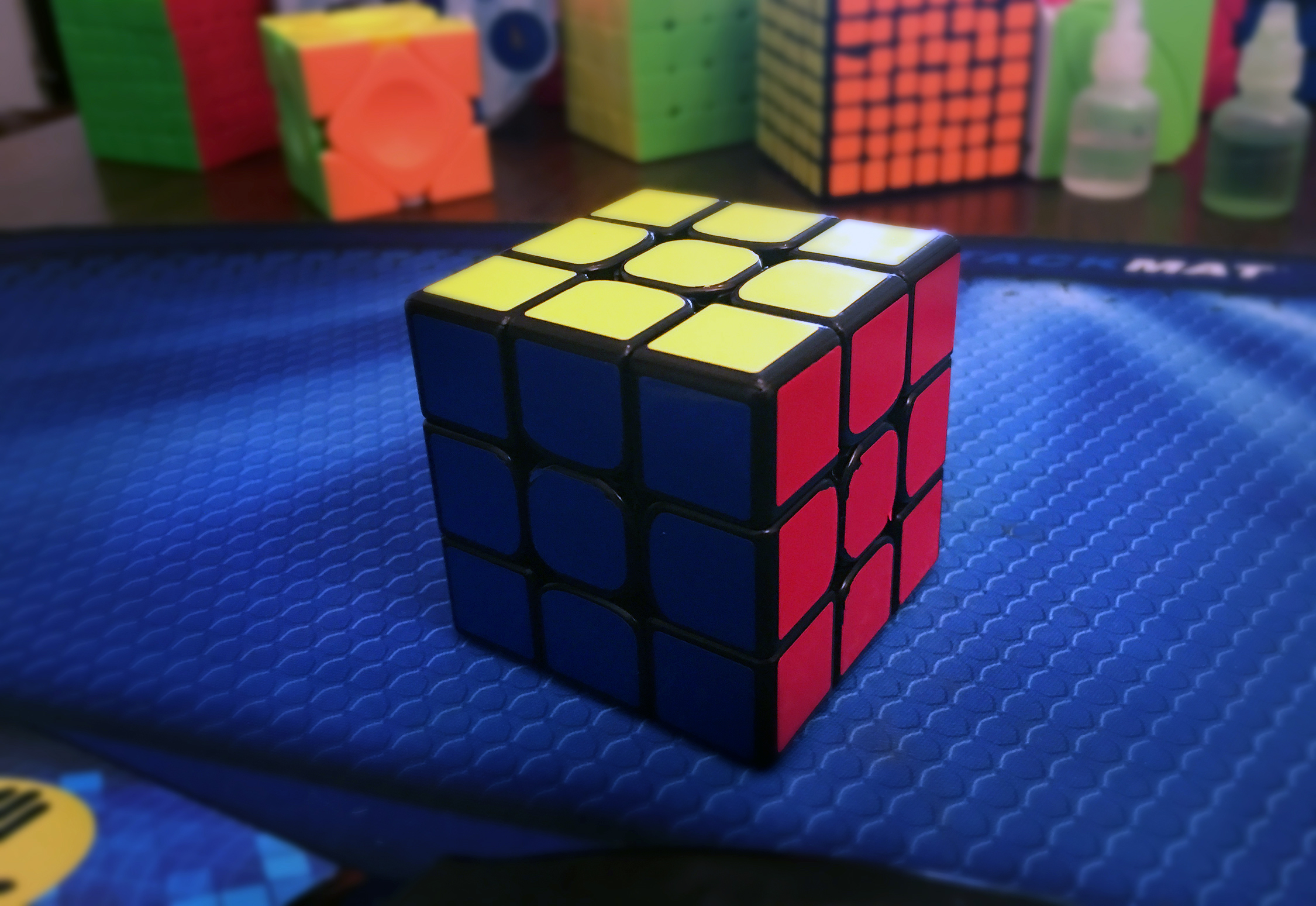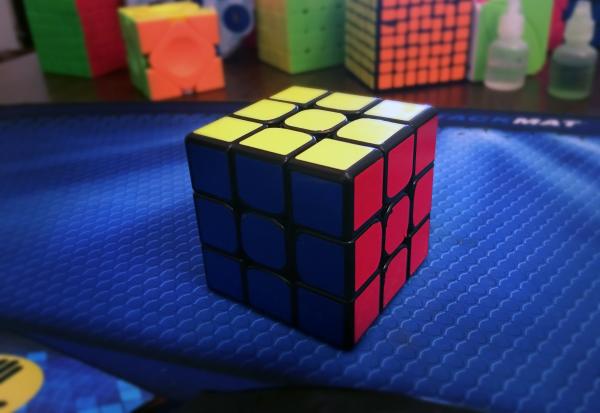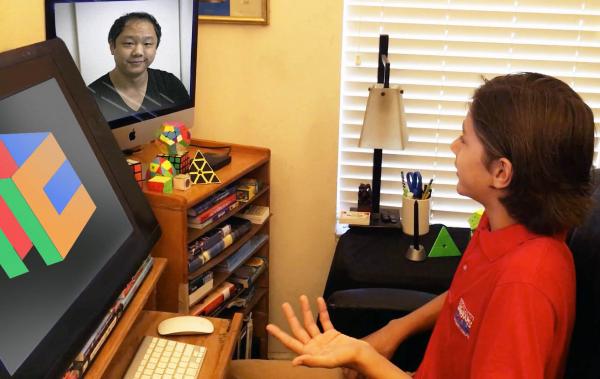KID REPORTERS’ NOTEBOOK
The Rubik’s Cube Makes a Comeback


The Rubik’s Cube is the best-selling toy in history.
“The challenge of solving it transcends language, age, gender, or whatever else is used to differentiate people,” says Phil Yu, co-founder and president of The Cubicle, one of the largest sellers of “twisty puzzles” in the world.
Yu is referring to the Rubik’s Cube. Invented in 1974 by Ernő Rubik, a Hungarian architecture professor, the Rubik’s Cube became a worldwide phenomenon within a decade. But almost as quickly as it caught on, the craze died out because so few people could actually solve the deceptively difficult puzzle.

Andrew talks with Phil Yu, co-founder and president of The Cubicle, a company that sells puzzles.
The Internet helped to bring back the Rubik’s Cube after years of obscurity by connecting enthusiasts scattered round the world. They shared methods of solving the cube faster and showed others how to do it, too.
Video tutorials and feats of “speed cubing” began to go viral. Within a few years, the Rubik’s Cube was as popular as it had ever been. It is now the world’s best-selling puzzle game in history.

Andrew with 13-year-old Tommy Cherry, a Rubik’s Cube competitor, at Florida 2019
CUBING FOR SUCCESS
Today, the World Cubing Association organizes competitions across the globe, including national and world championships.
I recently attended a competition near Orlando, Florida, called Florida 2019. It was a well-organized event with more than 100 competitors. Besides the well-known 3x3 (tiled) cube, this competition had 16 other events to compete in, including the 4x4, 5x5, 6x6, and 7x7, and solving the puzzle with one’s feet.
“I recommend going to competitions regardless of speed, because it’s just a good time for everybody,” said Tommy Cherry, a Cubicle-sponsored competitor. Only 13 years old, Tommy can solve a 3x3 Rubik’s Cube in under 10 seconds.
Solving the puzzle “is a symbol of something intellectual,” says Yu. But solving cubes has many benefits besides the math-oriented ones that most people imagine, he added. “It helps you hone your ability to perform something quickly without mistakes. This helps with everything from public speaking to simply having confidence in yourself.”
For all that it is—a puzzle, an inspiration, an iconic toy from the 1980’s—the Rubik’s Cube has fascinated, frustrated, and inspired people for more than three decades. It looks like it’s here to stay.
